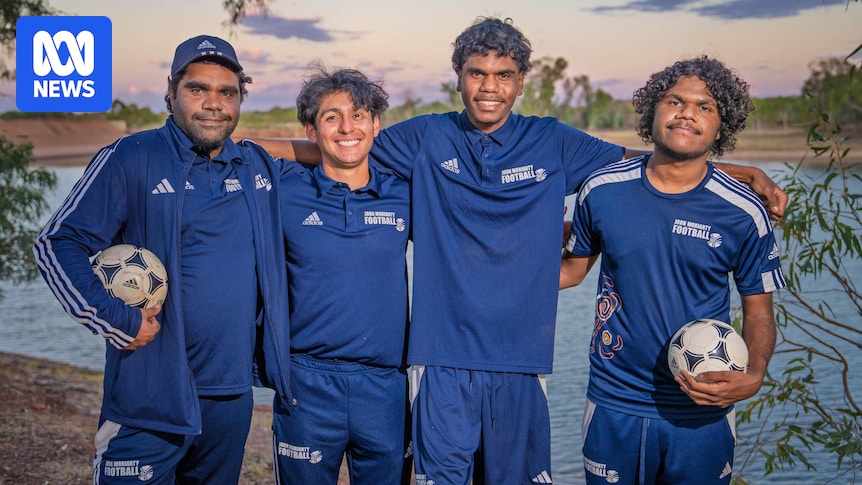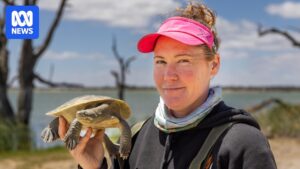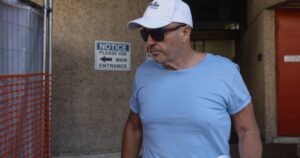
Nearly 1,000 kilometers south of Darwin on the Stuart Highway, a road train rumbles through the remote town of Tennant Creek, muffling the sounds of children at play. At Tennant Creek Primary School, the oval is a flurry of yellow and blue tunics as students engage in a unique educational experience. “What a save, what a save!” shouts head coach Abraham Miranda. It’s Wednesday — John Moriarty football day — and students are not just learning soccer skills but also life lessons.
The John Moriarty Foundation (JMF) and its football program are named after Yanyuwa man John Moriarty, the first Aboriginal player to be selected to represent Australia in football. Moriarty, who was born in Borroloola in 1938, was taken from his family at the age of four as part of the Stolen Generations. Despite a career-ending injury preventing him from playing for Australia, Moriarty’s passion for football transformed his life, offering him a sense of belonging and equality. He now aims to offer Indigenous children the same opportunities.
The Legacy of John Moriarty
Moriarty’s vision for the JMF is to create ripples of change that begin with “a child, a football, a dream” and extend to families and communities. “JMF has the capacity to transform lives,” Moriarty emphasizes, highlighting the program’s potential to unlock opportunities and potential for Indigenous youth.
One of the program’s success stories is nine-year-old Nikolias Hayes, among the 5,000 children participating annually across 18 remote communities. “I learned about passing and kicking goals and sharing the ball,” he says. Another notable participant is Shadeene Evans from Borroloola, who joined the pilot program in 2012 and later played with the Young Matildas and Central Coast Mariners.
Pathways to Success
While the program nurtures future soccer stars, its primary goal is to create positive community change. Warunmungu teenagers Ethan Holt and Waikean Kelly exemplify this, having transitioned from program participants to community coaches. Kelly, who began a school-based apprenticeship with JMF, balances school and work, while Holt finds fulfillment in mentoring younger children.
Before football, there’s a focus on language and learning. Under a tree in Tingkkarli, JMF’s playgroup, Indi Kindi, offers early childhood education. Warumungu sisters Nadia Foster-Graham and Anthea Graham, traditional owners, teach children in their native language, integrating cultural knowledge into the curriculum.
Community-Led Governance and Impact
Initiated in 2012 at the request of senior Aboriginal law women in Borroloola, JMF’s football program now operates from four hubs: Borroloola, Cairns, Dubbo, and Tennant Creek. Regular yarning sessions ensure the program aligns with community needs. “The community comes together to make the guidelines,” explains JMF executive general manager Chris Andrew. “We are here to be invited in and provide opportunity.”
The program’s impact is significant. A report by Deloitte found that JMF’s football program positively affects 10 national Closing the Gap targets, including health, education, and employment.
Productivity Commission figures show it costs $3,600 a day to hold one young person in detention, totaling $1.3 million annually. In contrast, JMF’s program costs $1,300 per child each year. “You can put 1,000 young people on a football pitch for the same amount of money,” Andrew notes.
This year, the federal government granted $5.5 million to JMF to continue their soccer program. The enthusiasm from community coaches and participants suggests a bright future for the initiative. “They love it,” Andrew says, reflecting the program’s growing popularity and impact.






